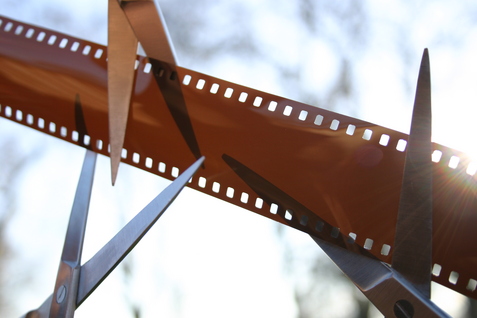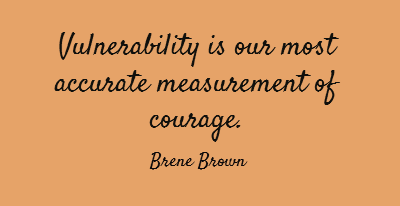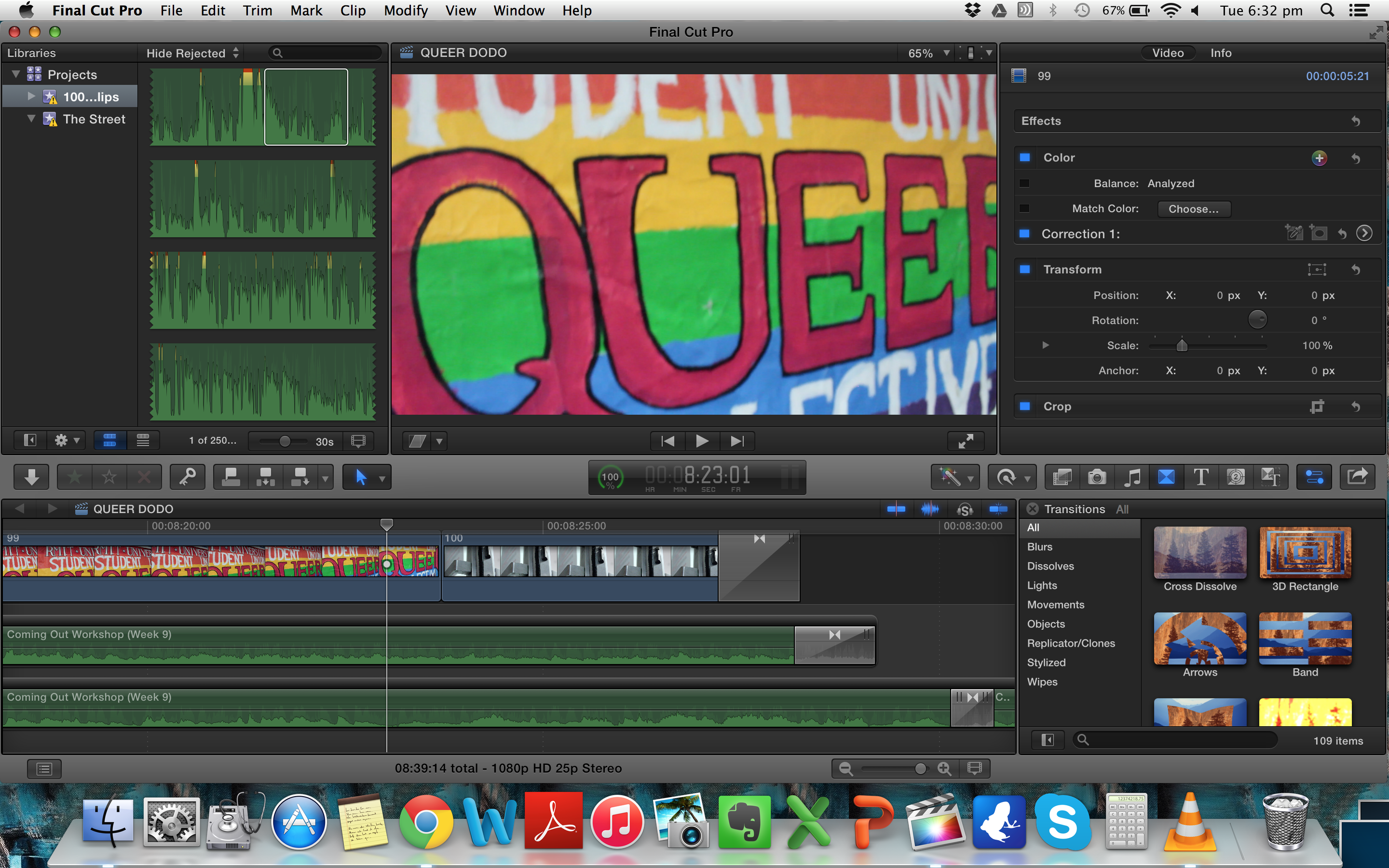
Below is my final script that will accompany my short documentary film.
________________________________________________________________________________________
I am one of the Queer Officers for RMIT University’s Student Union. The Queer Lounge as a safe space on campus is a privilege. A privilege that some queer students take for granted such as when they drink their coffee or eat their meal, and they leave rubbish and dirty dishes in the kitchen sink. To my dismay. For I am the one who has to clean up after them. There are various posters about cleaning up in the lounge. These students must have such a busy schedule that they find time to use the lounge, yet no time to wash their dishes.
Fluid as it is, sexuality and gender identity implores the notion that visibility is vulnerability. Being visible as a queer individual in society is to be at risk because there is a likelihood that you will be more vulnerable to hate crimes, discrimination, and homophobic quips. Especially if you are an effeminate gay man, a butch lesbian or transgendered person.
In Claire Colebrook’s article Queer Aesthetics: I really like where she says ‘I am the being who I am and have always been; that I do not expect or hope to change?’. I am exploring aspects of sexual orientation and gender identity. The challenges of coming out and determining the role society plays in the wellbeing of a queer individual, and what it means to identify as a queer individual. Honestly, I have written more than a thousand words on this snippet of Colebrook’s over the weekend. I noted that I plan to focus on various topics of the queer identity and queer issues such as coming out, religion, mental health, etc. My essay was all over the place. It was random.
Speaking of research, I came by the word, “sissyphobia”. The definition of the word is something along the line of a person – most likely a cis-gendered masculine male – who is afraid or have a distinct dislike or even hatred of the more feminine male, that is, the effeminate gay man. Sissyphobia is where gay men dislike being with the more feminine men. What intrigues me was that this term is totally new to me. To be frank, I didn’t even know this word existed, but then again, there are plenty of words out there that I don’t know of that I don’t know exist. I have found four peer-reviewed articles using this term ‘sissyphobia’. I’ve only read the abstract of each article and even so, I found it quite informative. I plan to use these articles in an essay.
I’m intrigued by the idea that some gay masculine men view effeminate gay men as submissive and “weak”. Why is there this creation of inequality? Is it even possible for effeminate gay men to be as equal as their more masculine peers, both inside the bedroom and out? In the LGBT+ community, there are many, many terms of describing each queer person. Many people have told me how they dislike this idea in being categorised. It makes them feel like cattle. Often they identify as non-binary, which is fair enough, since this world we live is so patriarchal, misogynic and discriminative of those who are not like them.
In the gay community, just like in the lesbian community, there are many terms to describing a gay man’s physical appearance, their personality and their mannerism – such as “bears” and “twinks”. In the lesbian world, these opposites are clearly defined by “butches” and “femmes”.
Mannerism is what make the queer community go round. In reading one of the abstracts of the sissyphobia articles, I’ve realised that mannerism can be a topic that I am able to explore. I believe in my three years of coming to terms with myself, that it all comes down to mannerisms, that’s what people in your community would classify you as. It’s rather sad actually, as if you are nothing more than a label. Yes, labels! Why is it that in the queer community we like to label each other? Yet, heterosexuals also label us? Why do we do it to each other? Stereotypes in the queer community is rife. Why is it that butch lesbians are categorise as a masculine with male traits and why are femme lesbian categorise as feminine with female traits: even though femme lesbians identify as cis-gendered females – though there are some males to females (MTF) transgendered people that identify as femme lesbians.
In one of the articles about sissyphobia, the author noted that some gay masculine men dislike men with feminine characteristics because they feel threatened by them that it is through their own insecurity of effeminate gay men. I find that strange. Maybe there is a reason why descriptions of “no Asians” in dating profiles of gay men on Grindlr is common.
The Queer Collective hold weekly events in the Queer Lounge. These social events are designed to encourage a sense of community and belonging. Events include crafternoon, games night, movie nights, workshops, queer collective meetings, afternoon tea, and wine and whine – where we drink wine and whine about our life. I’m most proud of the workshops; these workshops explore a variety of queer topics that promote services and support that are available for our members to use at their disposal. These workshops aim to inform and educate our members about issues facing the queer community.
Beyondblue reports that queer individuals are more likely to experience from depression and anxiety than the rest of society. As a Queer Officer, I strive to develop and nurture the welfare of my collective members into wholesome adults. The Queer Lounge provides an opportunity for queers students to meet new people, build connections, create a network of support and to socialise and bond with each other. This creates a stronger feeling of a queer community at RMIT. In there, queer students are able to express themselves without the fear of judgment, the fear of retribution of being their true self. It is a safe place. Some even call it their home. Their second home.
________________________________________________________________________________________






